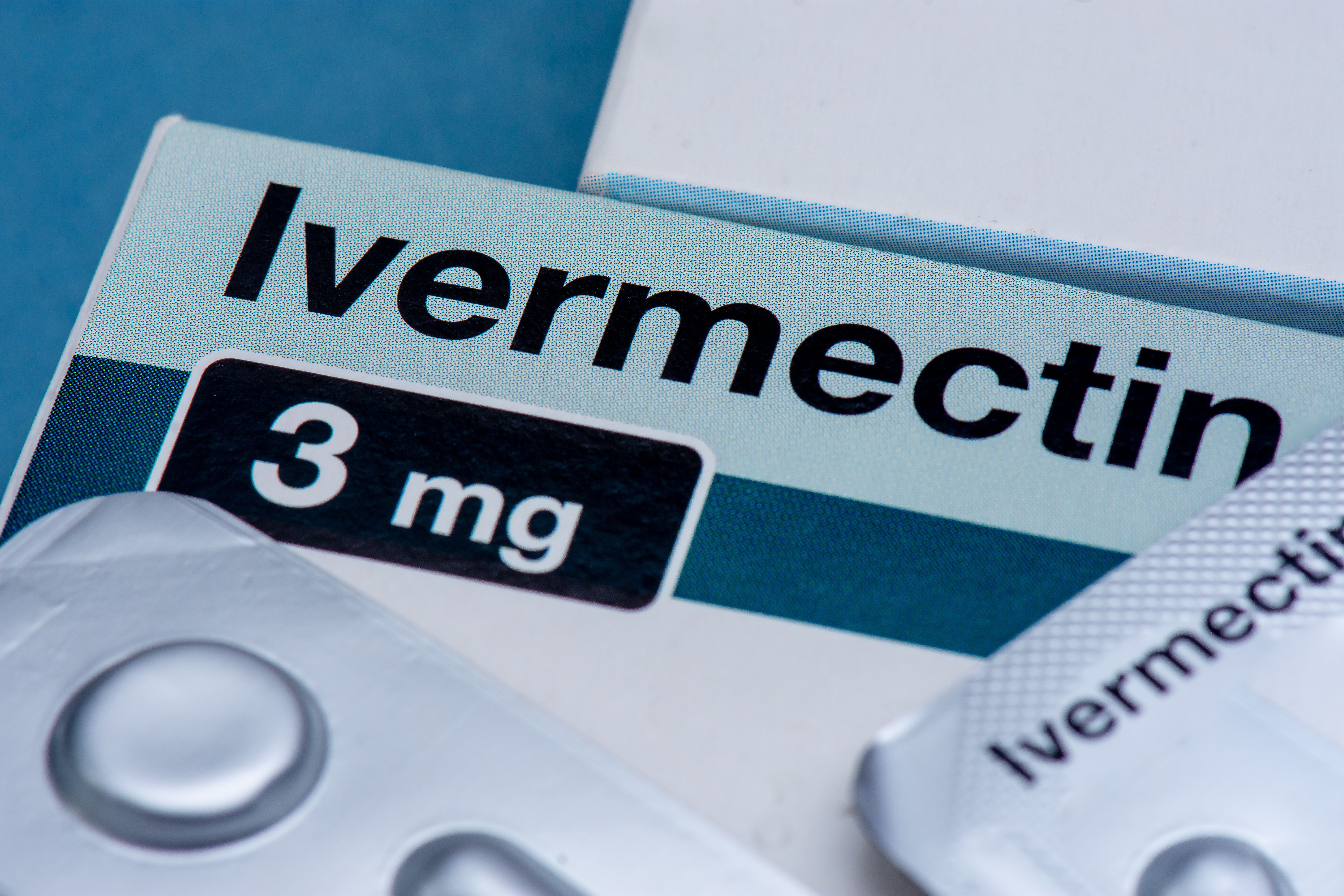Article
Activating Protein Subtype May Lower Common Adverse Effects Associated with Thiazolidinedione Medications for Diabetes
Author(s):
Thiazolidinediones may change metabolic patterns and contribute to weight gain.
The likelihood of developing type 2 diabetes is increasing at an alarming rate, along with the average daily intake of simple carbohydrates. Consequently, insulin is released to counteract the surge in blood sugar; however, over time, the body grows resistant to its own insulin and blood glucose levels remain elevated.
This onset of type 2 diabetes is often treated using the class of medications known as thiazolidinediones. These compounds activate the fat cell protein peroxisome proliferator-activated receptor gamma (PPARgamma), which is endogenously existent in 2 forms, PPARgamma1 and PPARgamma2. However, they are notoriously known for changing metabolic patterns and contributing to weight gain.
In a study conducted at the Perelman School of Medicine at University of Pennsylvania, senior author Mitchell Lazar, MD, PhD and his team uncovered the differences between the downstream actions of both PPARgamma forms.1
The study involved limiting the amount of PPARgamma1 or PPARgamma2 proteins in 2 separate groups of mice to notify the significance of activating only 1 subtype.
The administration of thiazolidinediones led to anti-diabetic effects in both groups of mice, but only the group with PPARgamma1 deficiency did not gain weight.1
According to Lazar,1 in this group, the PPARgamma protein is largely present as PPARgamma2, which initiated a different downstream gene activity that did not adversely change metabolic patterns. Lazar and his team are eager to explore methods in using thiazolidinediones to selectively activate PPARgamma2 to allow anti-diabetic benefits without the risk of weight gain.
Previous studies regarding PPARgamma1 and PPARgamma2 show that PPARgamma2 is primarily present in adipose tissue to downregulate the expression of fat proteins, such as TNF-alpha, that are linked to obesity.2 A study conducted by the Royal Pharmaceutical Society indicates an increase in fatty acid reuptake and formation of high-density cholesterol following selective activation.
The subsequent decrease in free fatty acids, low density lipoprotein, and triglycerides reduce the likelihood of gaining weight that is typically associated with thiazolidinediones. Due to insulin resistivity, metabolic hormones like adiponectin and leptin are dysregulated, contributing to increased food intake and fat storage.
PPARgamma2 agonists increase selective adipocyte expression to increase secretion of adiponectin and thereby increase insulin sensitivity. As Saraf et. al outlines,2 the alteration in gene activity by PPARgamma2 activation allows for both glucose disposal and regulation of adipocyte expression in insulin-sensitive polypeptides.
A closer look at the differences between PPARgamma1 and PPARgamma2 differentiates their gene pathways; PPARgamma2 has a polymorphic Pro12Ala variant.2 This isoform is the key difference in preventing weight gain through reducing high fat-feeding and improving adipocyte metabolism.
In this way, PPARgamma2 allows for greater adipocyte regulation that is typically absent in type 2 diabetes. Selective activation of PPARgamma2 fat protein can potentially decrease adverse metabolic effects related to thiazolidinediones.
References
- Discovery could lead to fewer side effects from a diabetes treatment. News release. EurekAlert; 11 March 2022. Accessed 14 March 2022. https://www.eurekalert.org/news-releases/946178
- Saraf N, Sharma P, Mondal S, Garg V, Singh A. Role of PPARg2 transcription factor in thiazolidinedione-induced insulin sensitization. Journal of Pharmacy and Pharmacology. 2012 Feb;64(2):161-171.
Newsletter
Stay informed on drug updates, treatment guidelines, and pharmacy practice trends—subscribe to Pharmacy Times for weekly clinical insights.

FDA Grants Full Approval to mRNA-1273 COVID-19 Vaccine in Children At Increased Risk





